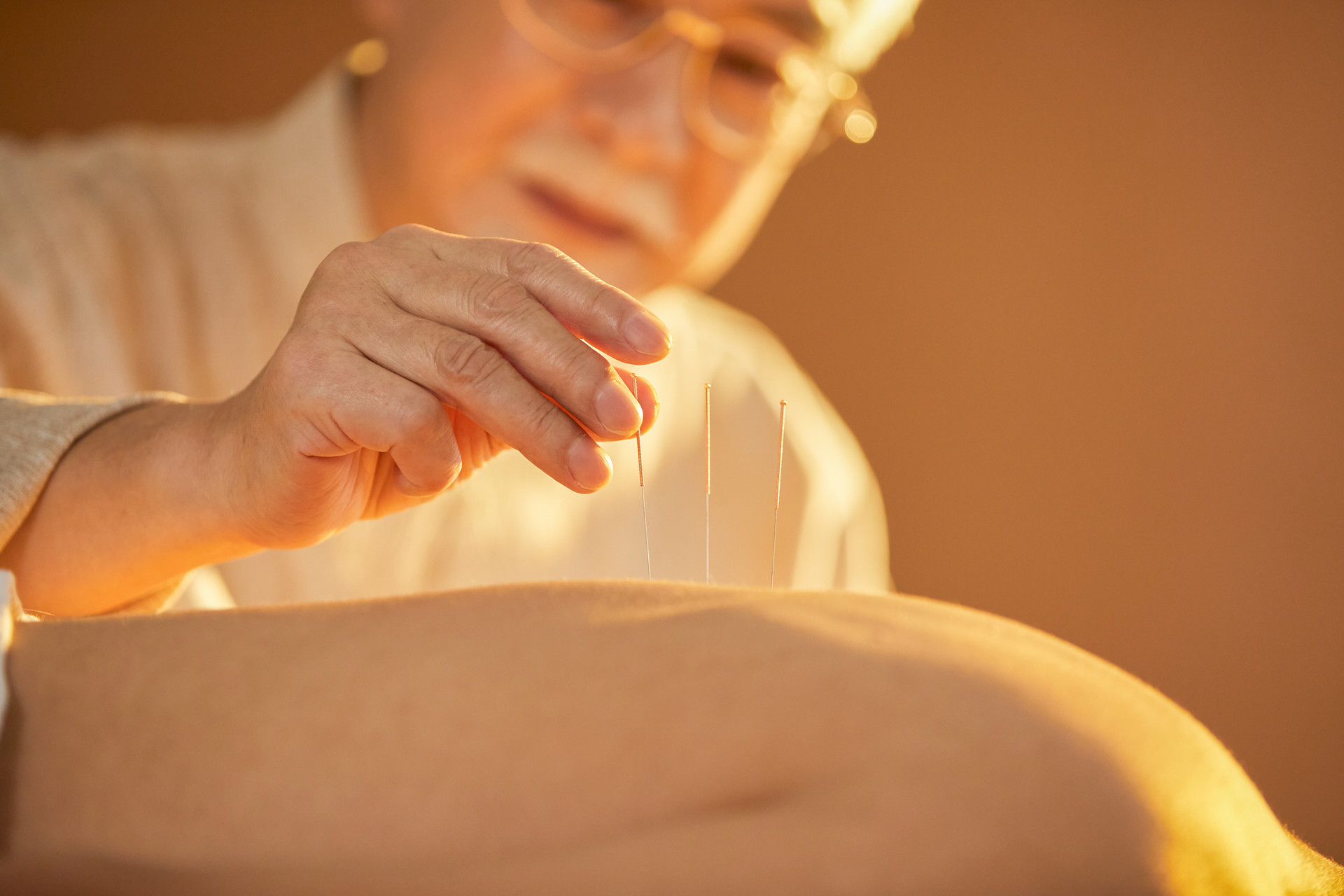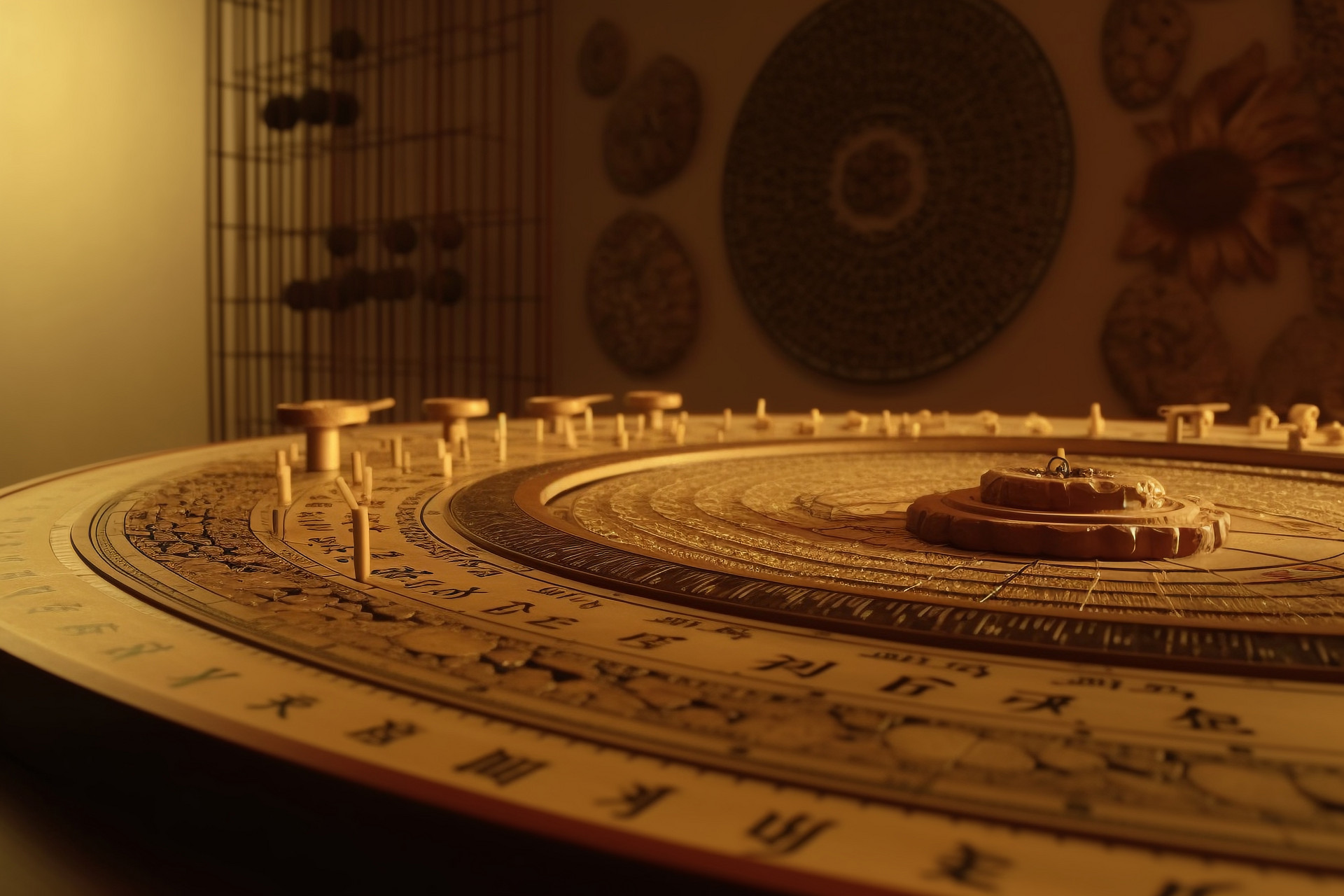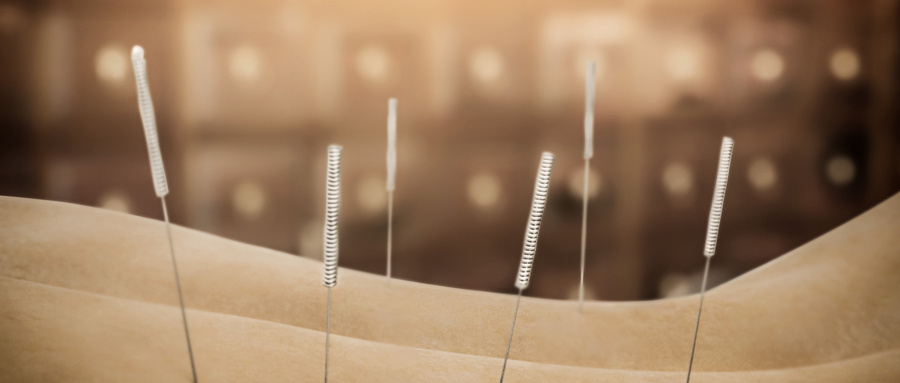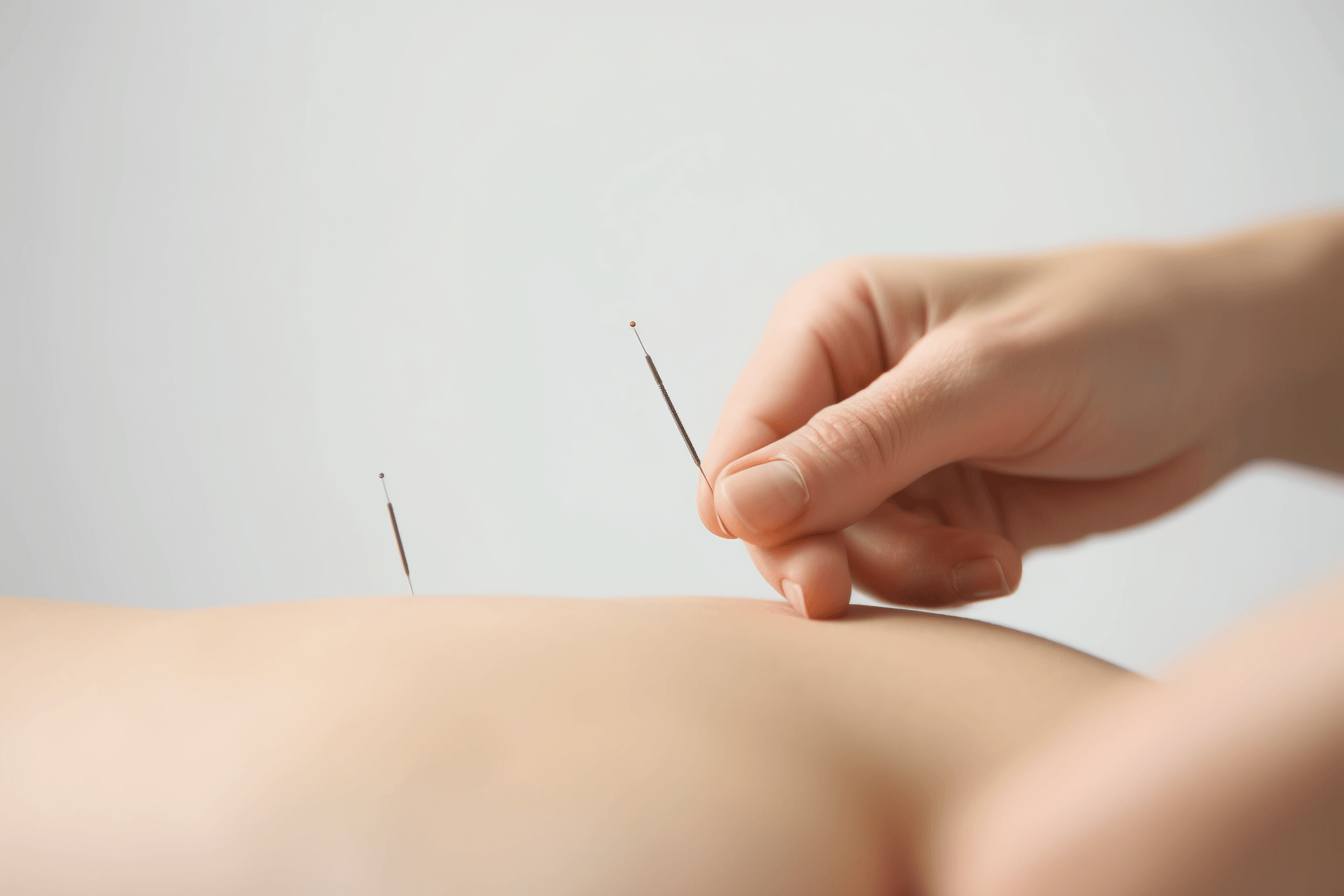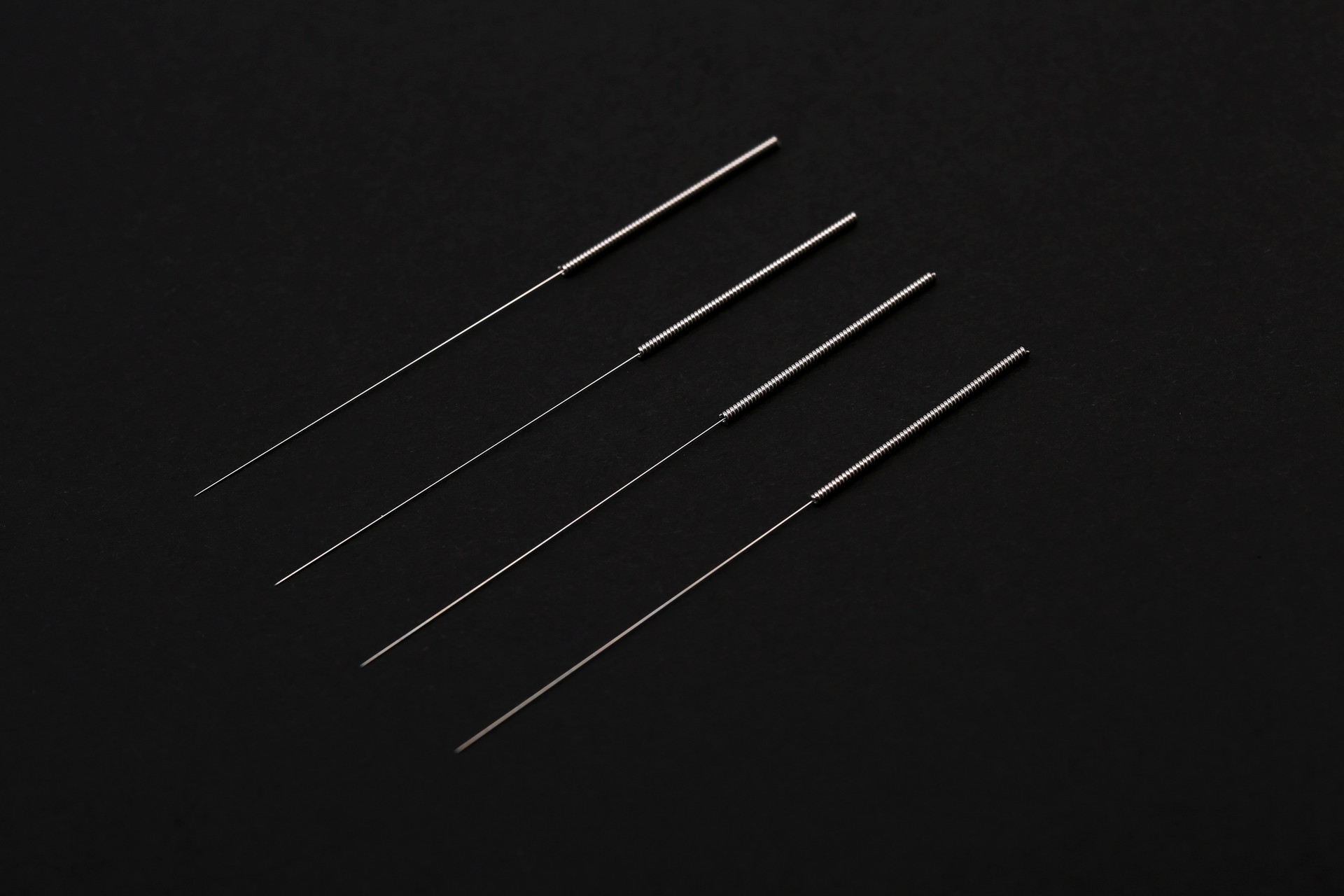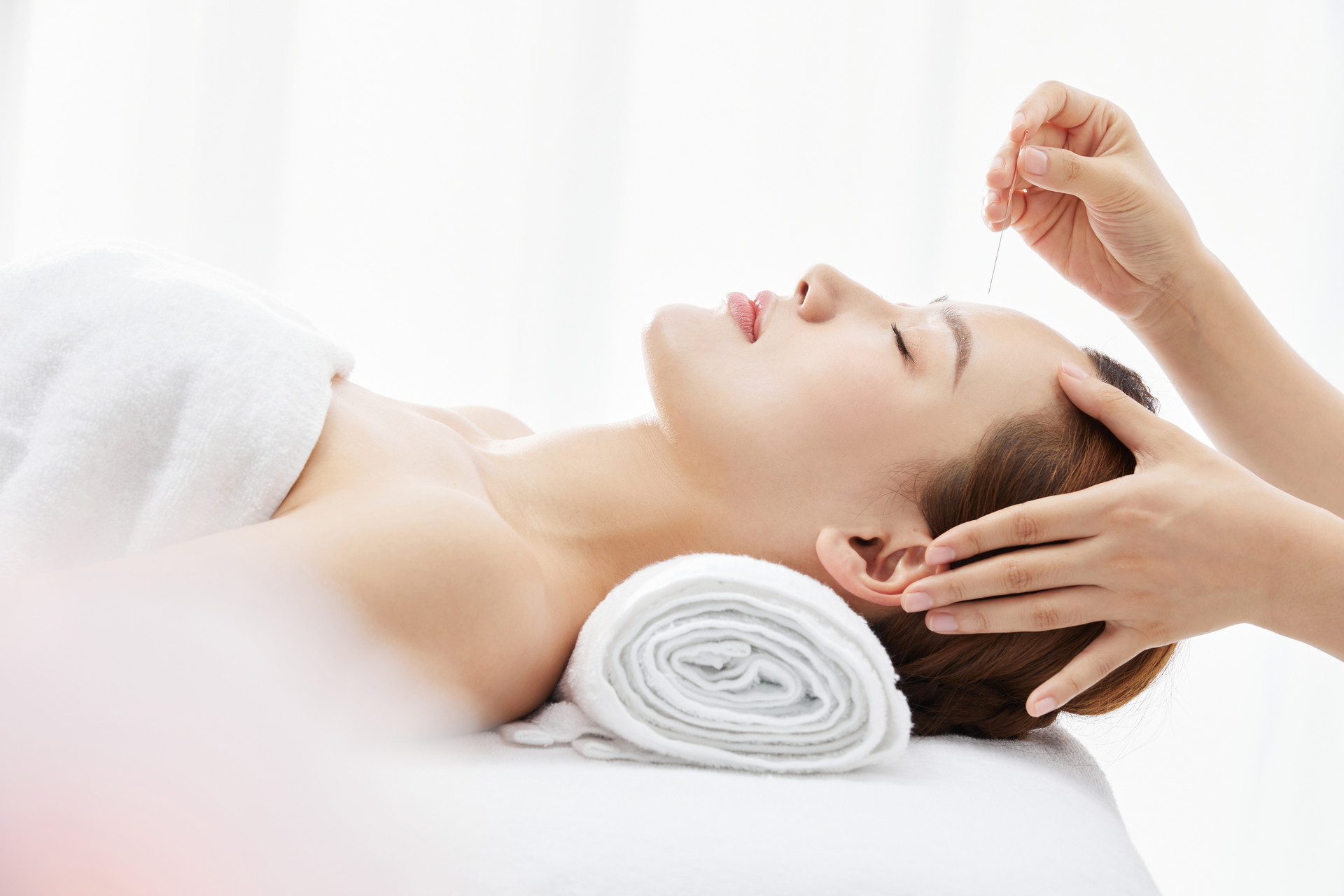Acupuncture is a form of traditional Chinese medicine that has unique effects in treating many diseases, including facial paralysis. So, what do you know about acupuncture? Why do some people faint at the sight of needles? Let me introduce you to some related knowledge.
Acupuncture is a great method for treating certain diseases, but we should not blindly believe in its magical effects, just like we shouldn't be too attached to its effectiveness. However, acupuncture is indeed a crystallization of extensive clinical experience, and if we can master it well, it generally produces good results.
Acupuncture for treating headaches:
Acupoints: Tianzhu, Dazhui, and Ashi points.
Needle used: Sharp hook needle.
Indications: Severe headaches that do not respond to conventional treatment.
Procedure: Use the sharp hook needle to puncture Tianzhu and Dazhui acupoints. After inserting the needle into the acupoint, press inward 3-5 times before pulling the needle outward, hooking and breaking some muscle fibers. For the Ashi point, locate the pain point on the patient's finger, and besides pressing and hooking, you can also use the needle to prick a few times to release the stagnant blood, which will enhance the therapeutic effect.
The head is an important part of the body, and it should always be calm and peaceful. However, sometimes evil qi disrupts the yang energy and disturbs the clear yang. By using the sharp hook needle to puncture Tianzhu and Dazhui acupoints, the disease-causing evil can be directly expelled. Headaches are a common clinical condition that involves a wide range of symptoms. While identifying the meridian and differentiating the types are important, severe pain cannot be tolerated and immediate relief can be achieved by hooking and puncturing Tianzhu and Dazhui acupoints.
Pressing Zhiyang to relieve stomach pain:
A leader from the Grain Bureau once lived with a traditional Chinese medicine professor in Tianjin. The professor taught him a method to treat stomach pain as a token of gratitude. The patient lies down, and the Zhiyang acupoint is located at the intersection of the lower angle of the scapula on both sides and the spine. When pressing, the patient will feel pain. Place the thumbs of both hands on top of each other and press downward until the patient feels heat in the stomach. I learned this method and found it to be very effective in clinical practice. I have also shared it with many colleagues, and they say it works well too.
Using toothpicks to stimulate Neiyin and Yingxiang points for facial paralysis:
There is an old Chinese medicine practitioner in Shuozhou who is well-known for using toothpicks to stimulate the Neiyin and Yingxiang points for treating facial paralysis. I learned this method in 1991 and have found it to be effective, especially for patients who cannot puff their cheeks. These points are located along the Hand Yangming Large Intestine meridian, with Renyingxiang being the point where the meridian converges. It is an important acupoint for treating facial deviation. The Neiyin point is close to the Yingxiang point, and their meridians have a similar flow of Qi and blood. Therefore, this method can effectively treat the condition. The rationale behind this method was explained by Western medicine as follows: The nasal mucosa has rich branches of the trigeminal nerve and olfactory receptors, which have complex connections with the facial nerve, glossopharyngeal nerve, hypoglossal nerve, and vagus nerve in the brainstem. Stimulating the nasal mucosa can reflexively affect these cranial nerves, especially the vagus nerve. For example, nasal mucosal reflex therapy can regulate gastric secretion and motility, and treat gastric disorders, etc. As long as there is a satisfactory clinical effect, there will eventually be a satisfactory explanation.
Using toothpicks to stimulate Neiyin and Yingxiang points for facial paralysis:
Calf cramps, or spasm of the gastrocnemius and soleus muscles, are often induced by cold stimulation or excessive physical exertion. It is commonly caused by impaired blood circulation in the lower back or lower limbs, resulting in reduced blood supply and the accumulation of metabolic waste products. When the concentration of these waste products reaches a certain level, it stimulates muscle contraction, leading to pain and cramps. At the same time, the reduced blood supply causes local tissue ischemia and hypoxia, leading to physiological and biochemical dysfunction, which can also cause pain and cramps. Traditional Chinese medicine believes that this is caused by cold congealing and blood stasis, and the treatment should focus on warming and invigorating yang or promoting blood circulation and removing blood stasis. Releasing stagnant blood will dispel the cold and promote the smooth flow of Qi and tendons.
Master Song Kuiyi, a disciple of the famous acupuncturist Ba Fa Shen Zhen, was skilled in using Xue Wei Zhong to treat this condition. He would break a porcelain plate or bowl on the ground, pick up a sharp piece, and instruct the patient to stand on one leg on the affected side with a bandage tied around the knee. Then, he would swiftly puncture the popliteal vein at the spot where it bulged with the sharp piece, causing dark blood to shoot out. When the color of the blood changed from dark to normal, he would apply pressure to stop the bleeding, or let it stop naturally. Master Song claimed that one treatment would lead to complete recovery without recurrence. We also use sharp needles to release blood in the hospital, and the treatment effect is also very good.
Chinese medicine is a philosophy that has been passed down through generations based on experience. Therefore, acupuncture is not something invented by a specific person at a specific time, but rather the accumulated results of the ancestors' daily experiences.


